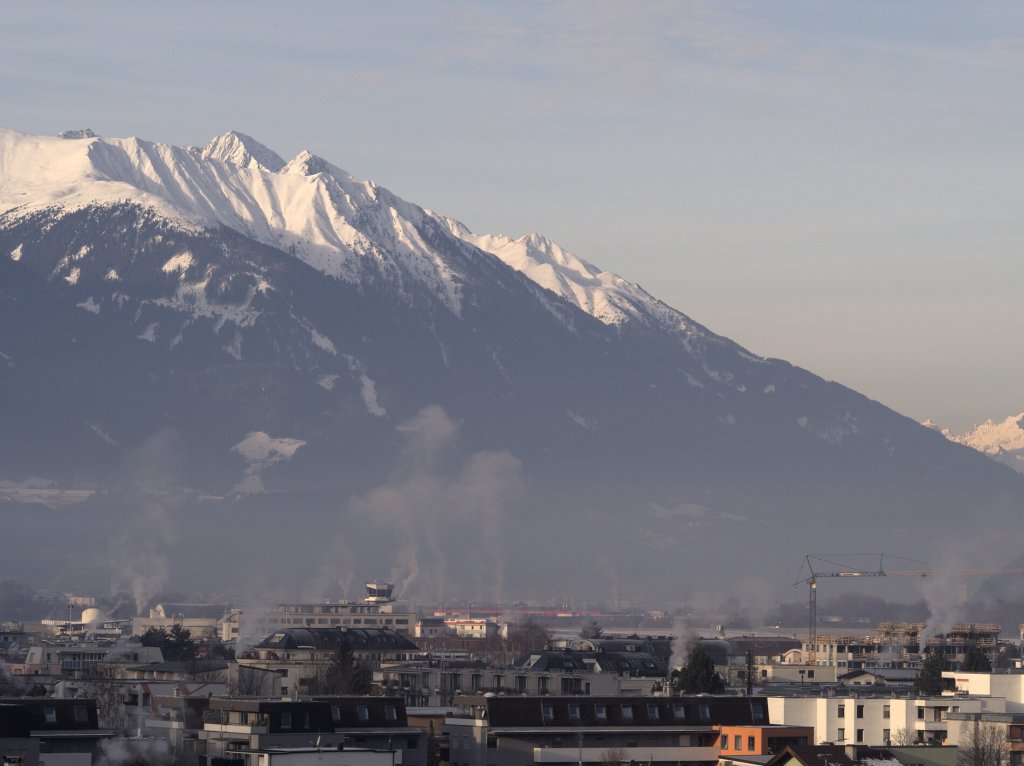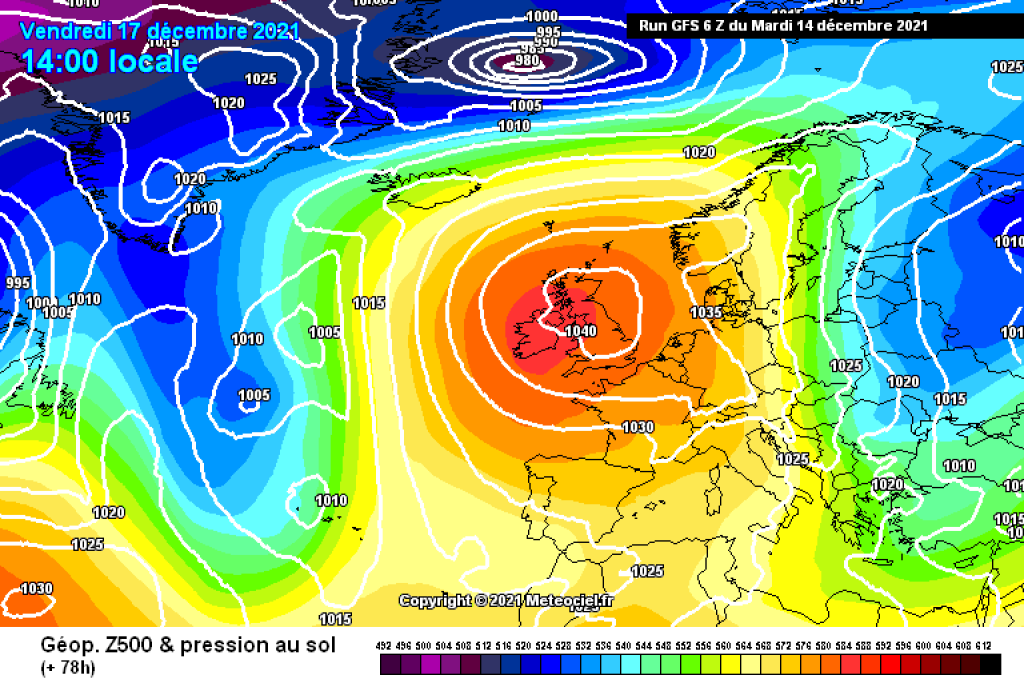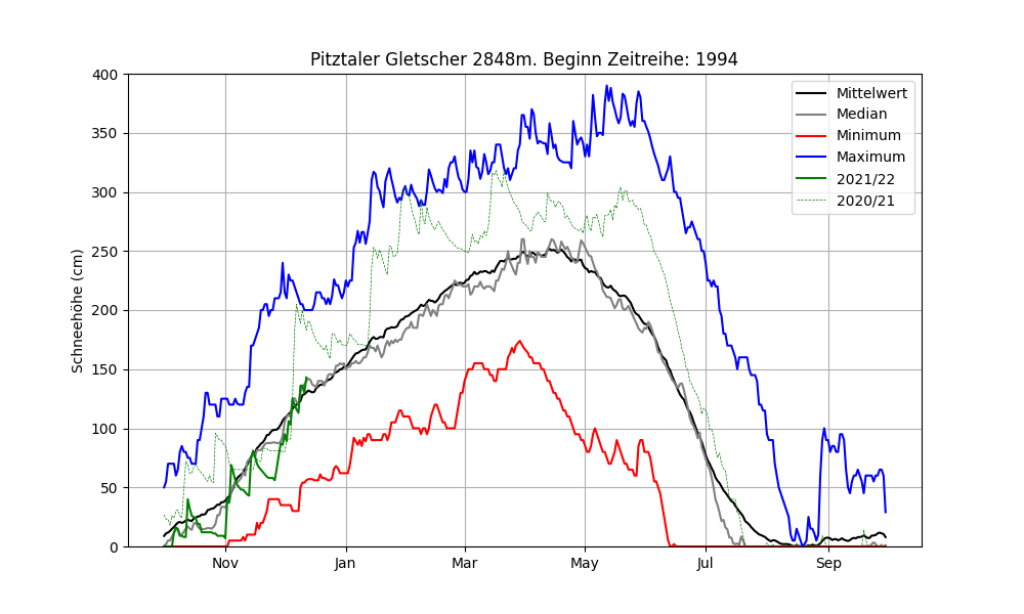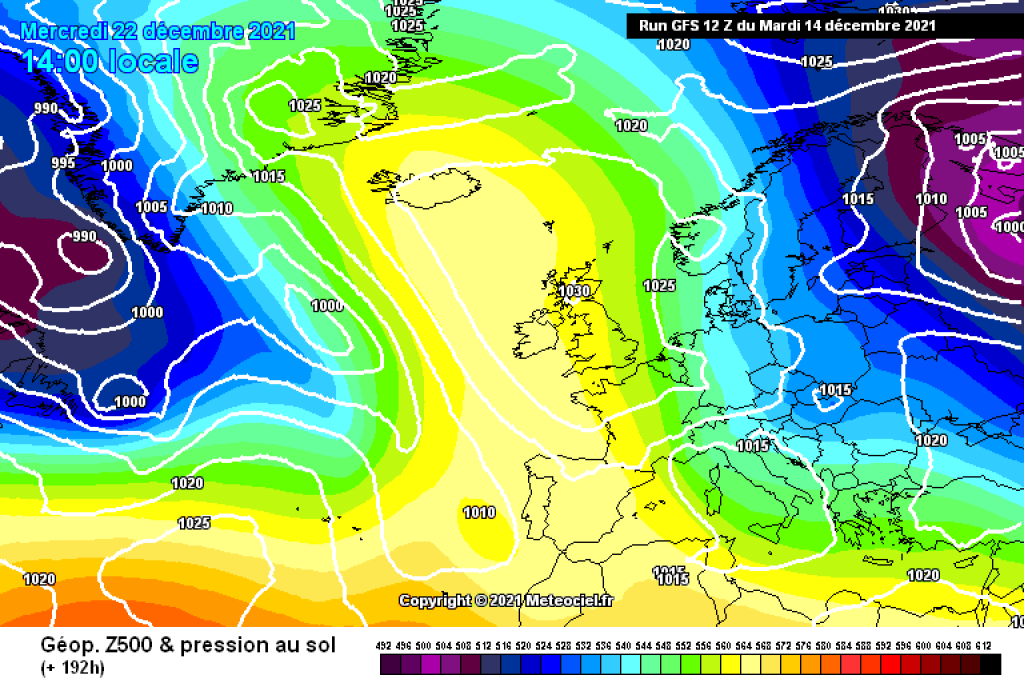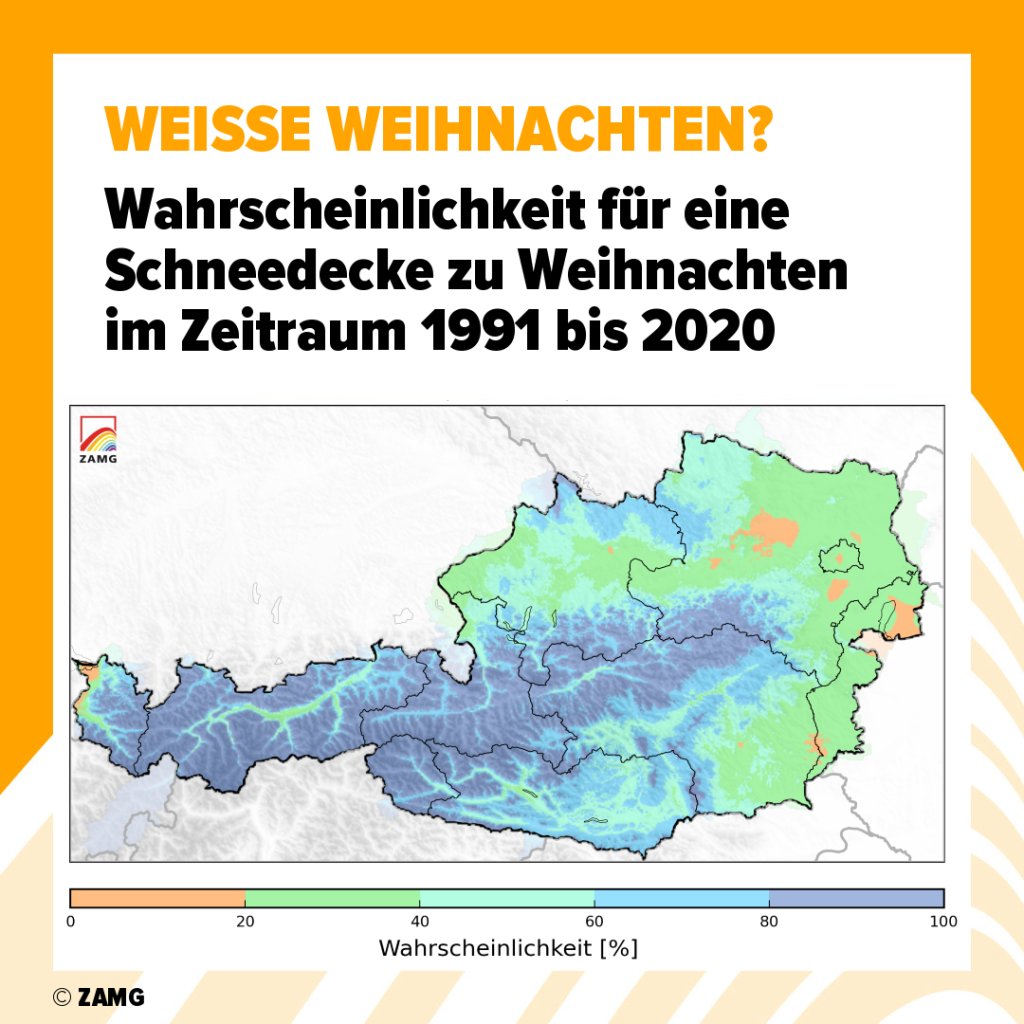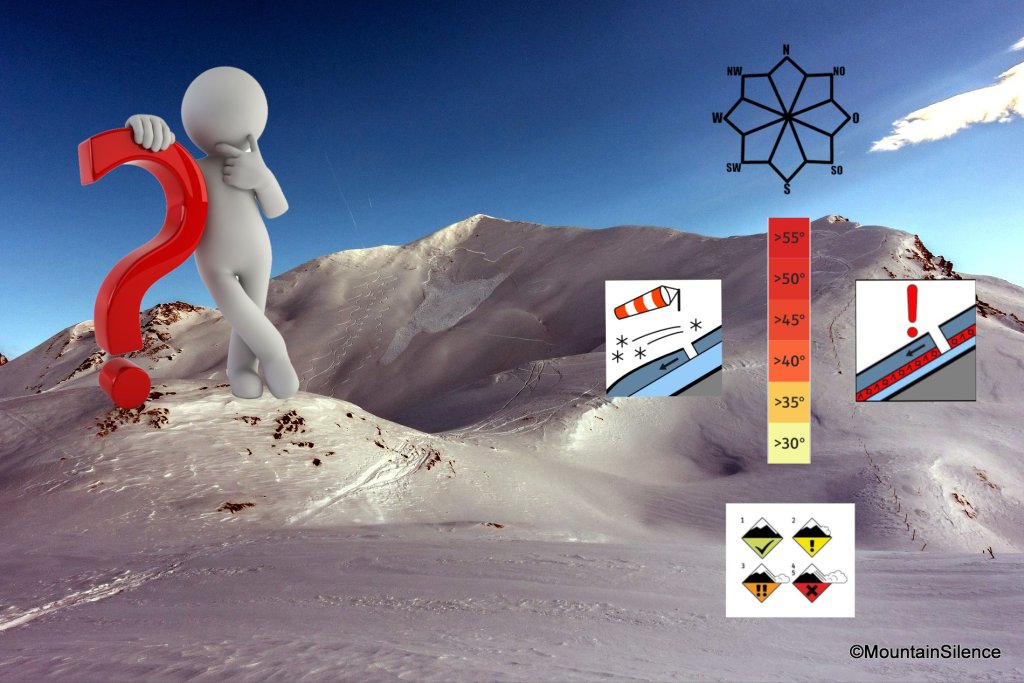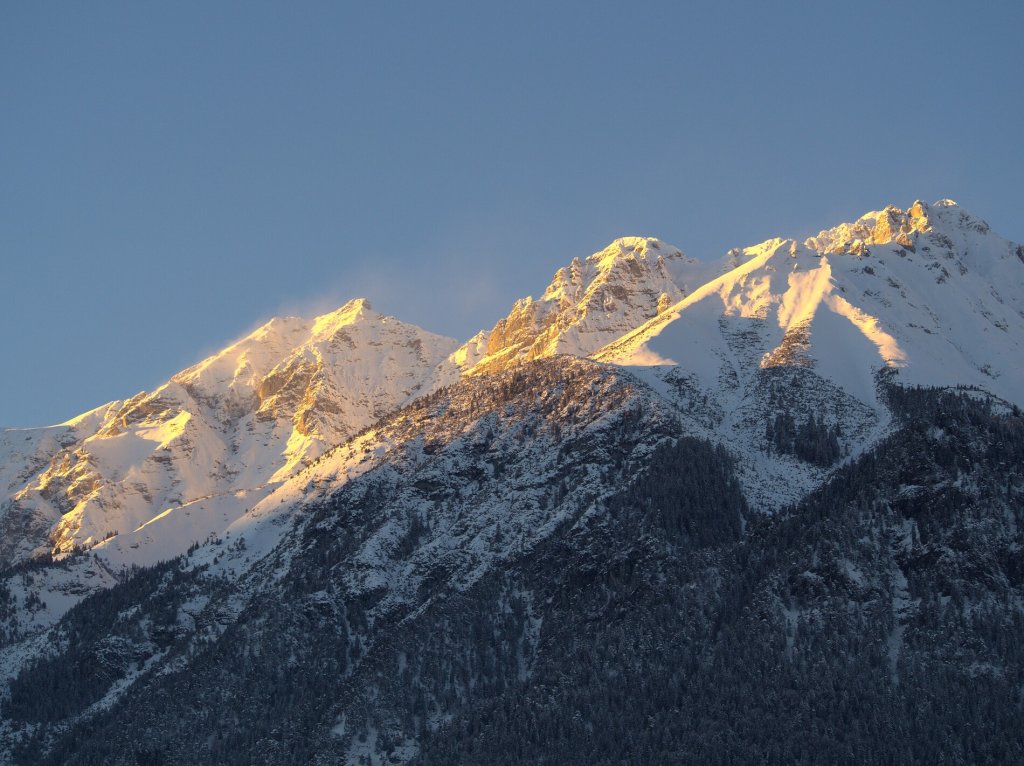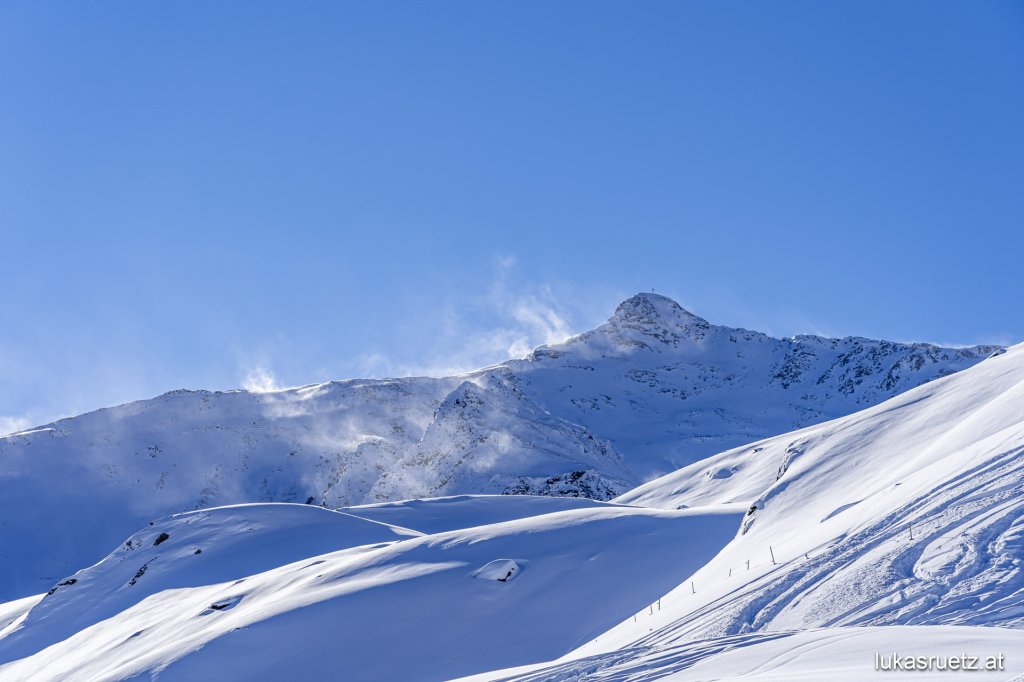This more or less says everything about the current situation and the outlook for the next few days. Omegas are notoriously stubborn. No significant change in the weather character is expected up to and including the weekend: lots of sunshine at moderate temperatures at the top, with fog or high mist in the valleys and in the foothills of the Alps. A west-east temperature gradient is to be expected. The western Alps are closer to the core of the high - here it will be mild at high altitudes and quite fresh in the valleys with strong inversions. Cold air masses lie to the east of the high, which will bring cooler temperatures and more clouds to the eastern edge of the Alps. The further east, the colder it is and the more likely it is that the sunshine will be clouded over the next few days.
In the medium term, i.e. into the Christmas week, the core of the high will shift slightly to the west, i.e. in the opposite direction to the usual direction. This will allow more colder air to flow from the east towards the Alps in the forecast. Where there is still a substantial blanket of snow, there is a good chance that it will still be there at Christmas. There is no new precipitation in sight, at least not in quantities that are helpful for skiing. In the east, there may be a few flakes here and there from the high fog.
The weather is and will therefore remain relatively boring for the time being, at least from a PowderGuide perspective. If you are looking for a ray of hope, you can concentrate on the fact that there is no heat everywhere in addition to the current dryness. Piste or park riding in the sun will certainly be fine in the near future. As will touring, as long as you can find options that make sense given the unappealing snowpack conditions in many places.
